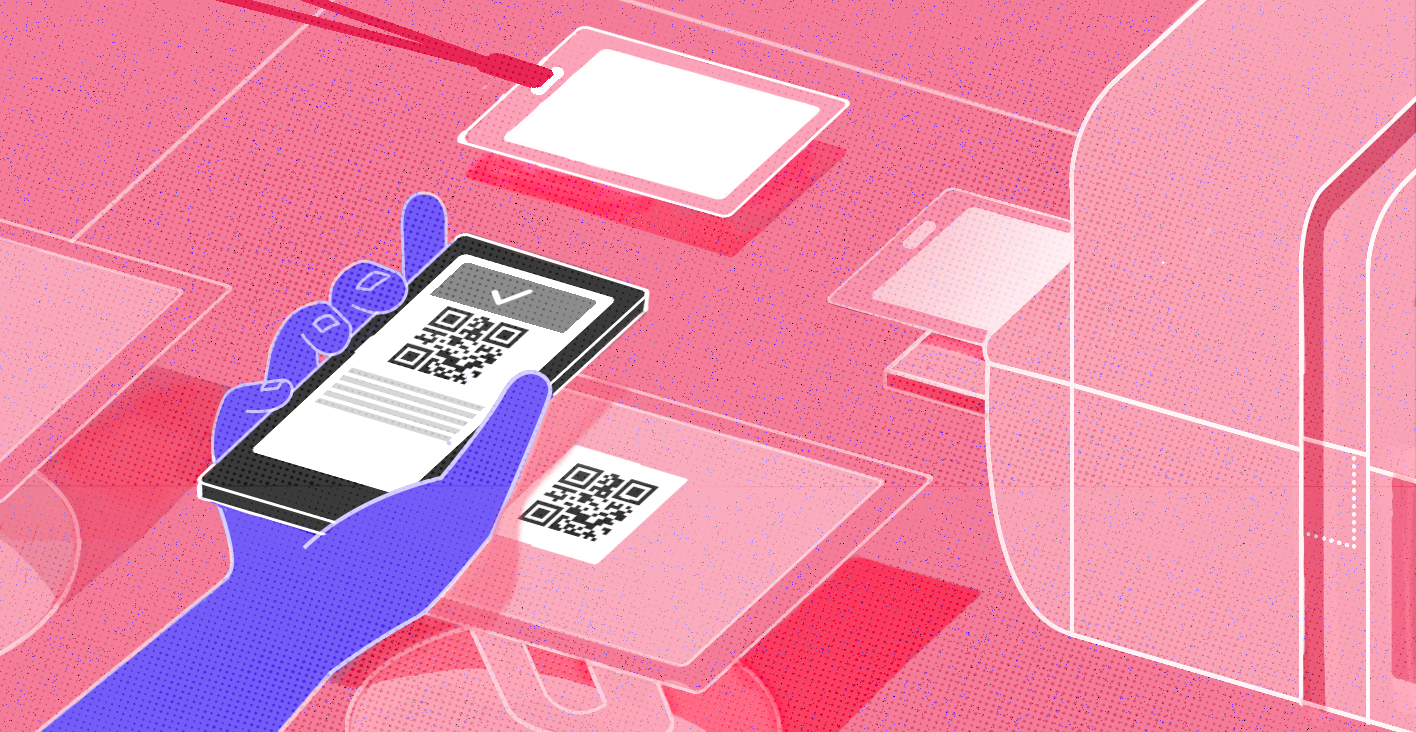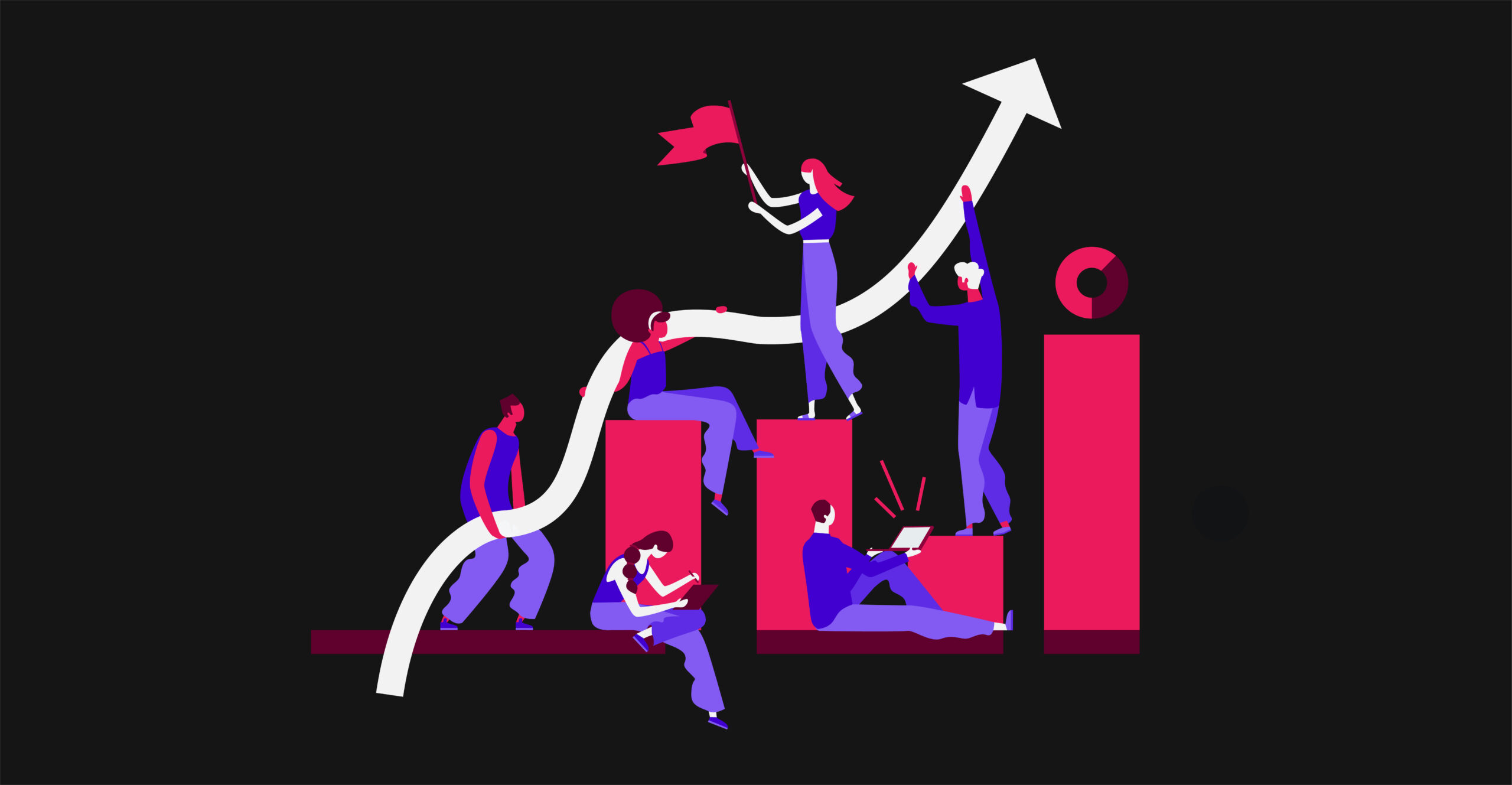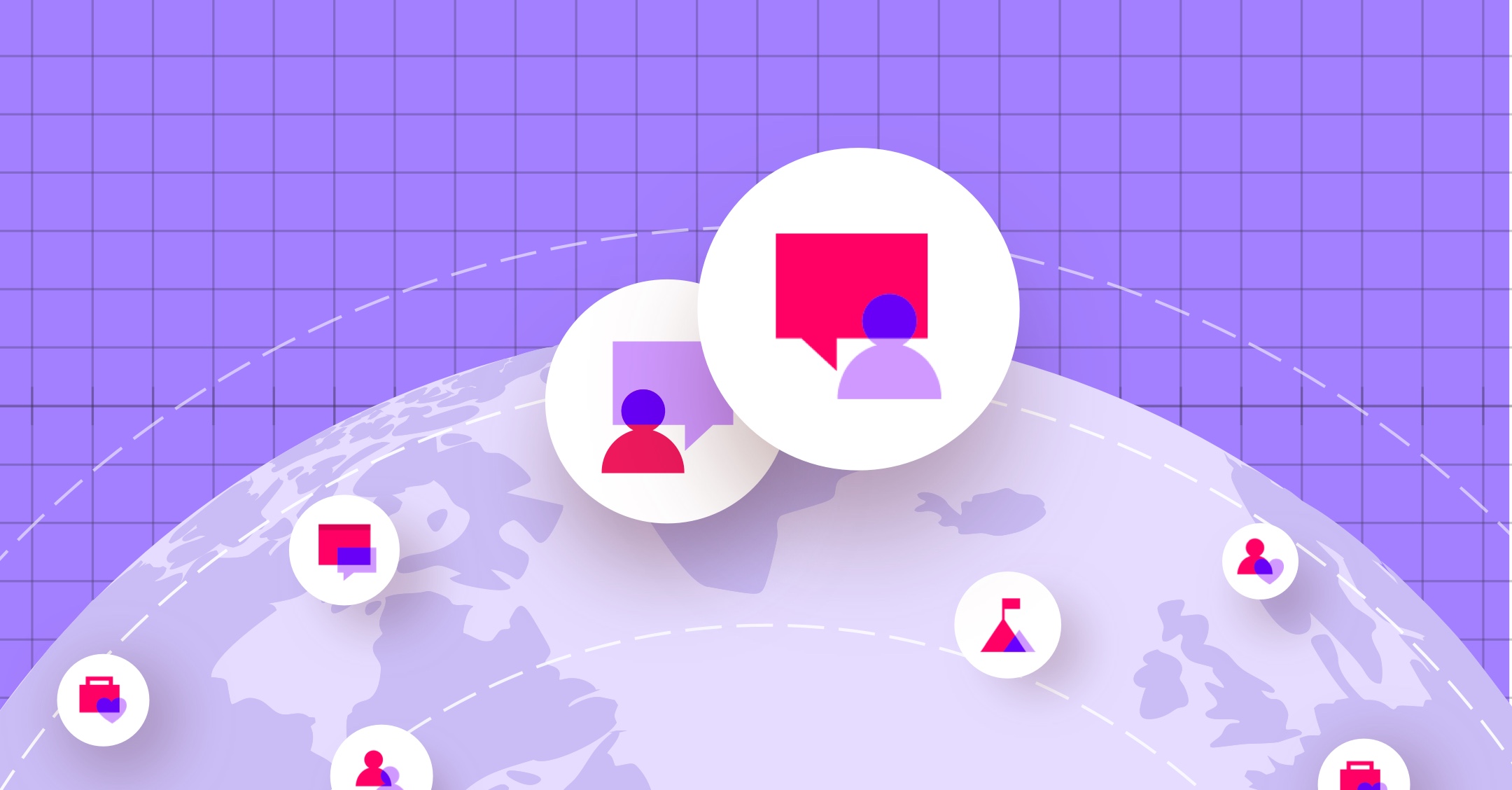Since the return of on-site events three years ago, we’ve seen many exciting developments in in-person event technology. Check-in, badging, session scanning, on-site analysis, and more have all become much more sophisticated.
During our long history in the events industry, RainFocus has gained extensive experience with on-site event technology. Our commitment to successfully delivering in-person events and our ongoing research and analysis efforts help us predict what’s coming next.
Overall, while remains to be seen, the latest trends in in-person event technology can be summarized in two words: convenience and responsibility.
More Convenient Attendee Experiences
Event teams are constantly seeking ways to make attendees’ experiences easier. As we approach 2025, there continues to be a lot of chatter about AI and speculation about how it will enhance on-site experiences. Every day we talk to another event team that is implementing one or more AI tools to help them deliver more impactful events.
In our Events and Marketing Trends survey, we asked our audience how they plan on using AI in 2025. Of those who are planning to use AI for their 2025 events, 42% have said that they will use it to send recommendations to attendees. Such recommendations make for a much smoother on-site experience, enabling attendees to spend less time deciding on which sessions to join and more time networking with the right people.
Here are some other ways we’re seeing event teams deliver more convenient attendee experiences:
Attendee matchmaking: Organizations might use technology to segment their attendees and then turn to physical items like ribbons, stickers, color-coding, or pins to badges to help attendees visually spot like-minded peers.
Mobile apps: Teams can enhance attendee engagement through push notifications, mobile catalogs, attendee-to-attendee chat, maps, and gamification.
Digital signage and maps: Tools can help attendees easily navigate even the largest venues. Digital signage and mobile maps are sustainable wayfinding solutions that are becoming more sophisticated and dynamic. They allow teams to make updates to sessions, speakers, exhibitors, and games in real time as needed.
QR codes: Attendees can conveniently increase their engagement with quick links to session resources or activities, exhibitor webpages, maps, product testing, or surveys. A new increasingly popular use for QR codes is enabling attendees to scan each others’ badges to instantly connect on LinkedIn.
Badge tracking: NFC encoding on badges provides easier session scanning and reporting, especially at events with large audiences.
Security and Sustainability
Event technology providers are constantly adapting their products to mitigate evolving global security threats and comply with the latest guidelines. Many event teams are also looking to incorporate more sustainable solutions for their events. Here are some ways on-site event tech is becoming more secure and sustainable:
Protective badge watermarks: Some printers can now print transparent watermarks on badges to prevent them from unauthorized copying. This is another step to ensure that only attendees with the right permissions have access to certain parts of an event.
Facial authentication: Facial authentication software can quickly verify attendees’ identity and eliminate the need to type sensitive information, such as email addresses and passwords, in an area where others are present. This technology is becoming increasingly popular at all types of events. Many attendees are familiar with it from experiences in their daily lives, such as at National Football League games, which use facial authentication to protect fans’ information and speed check-in.
Improved materials and paperless solutions: Many event teams are using heavy-duty cardstock for badges rather than PVC or plastic. Cardstock prevents bleeding and is compostable and recyclable. Elsewhere, digital signage and other digital materials can replace paper-based products, reducing waste.
Interested in learning more about rising technologies and what’s to come in 2025? Register for INSIGHT Premiere. During this virtual event on Nov. 13, 2024, we’ll share all of the results from our Events and Marketing Trends survey. INSIGHT Premiere will also feature commentary from CyberArk’s Devin Cleary, a favorite speaker from last year’s INSIGHT event.









